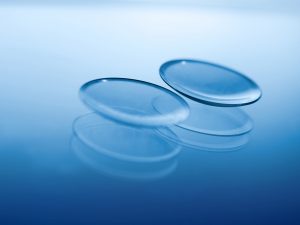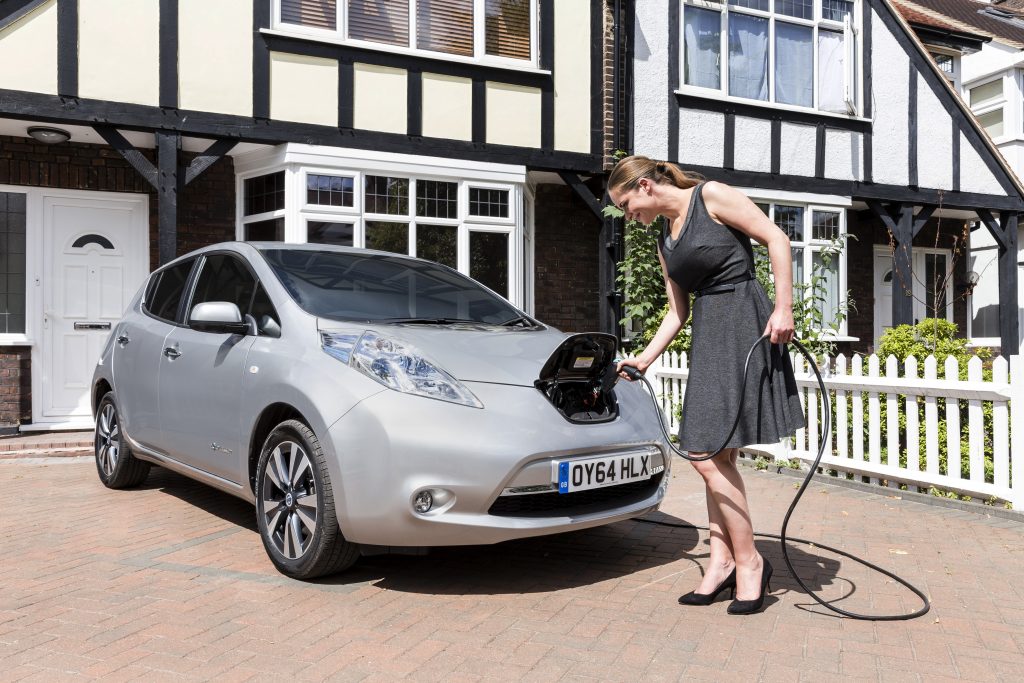Up to now, it has been assumed that electric cars would be battery operated and hybrid vehicles will form a major part of the future automotive market. Considerable investment is going into the development of battery systems, particularly lithium ion systems, and incremental improvements are improving the technology. At full capacity, Tesla’s Nevada facility will produce enough batteries to power 500,000 electric cars per year by 2020. This is more than the global total lithium ion battery production for 2013.
But the problem with battery-operated vehicles is that they take ages to charge and have limited range.
What about the potential for an alternative technology - supercapacitors? Elon Musk, of Tesla and SpaceX, has previously stated his belief that supercapacitors are likely to be the technology for future electric air transportation.
The term supercapacitor (sometimes called an ultracapacitor) usually relates to electrostatic devices that are based on an electrochemical double layer much thinner and of wider area than the dielectric that is the basis of all other capacitors.
Supercapacitors combine the unrivalled power density of capacitors with energy storage an approaching that of batteries. For example, Nippon Chemicon promises 60Wh/kg soon and Kinetic Labs has claimed 100 Wh/kg in the laboratory.
Both batteries and supercapacitors are electrochemical energy storage media, but they are as different as night and day. Both are capable of energy storage and targeted energy release – and yet there are major differences between the two. Batteries store very large amounts of energy that is released slowly but constantly.
Looking for conductive materials for your plastics formulations?
Prospector has listings for thousands of products from global suppliers. Find technical data, order samples and more now...
By contrast, state-of-the-art supercapacitors can only store small amounts of energy (they have poor energy density per kilogramme) but they release this energy much faster and more powerfully with large short-term peak currents. Unlike batteries, all capacitors have the advantage of not swelling and shrinking during cycling, so they last longer and can even become structural components.
Nevertheless, they have, until now, been unable to compete with conventional battery energy storage in many applications.
An approach of putting a high permittivity dielectric such as unprecedentedly thin barium titanate in a wider area conductive porous medium, outgunning the traditional electrolytic capacitor, saw wild claims in past years but it came to nothing. Now, a University of Surrey (UK) announcement1 seems to be a similar approach based not on inorganics but on conductive and "high energy" conducting hydrophilic polymers in the form of crosslinked gels. They are said to be between 1000 and 10,000 times more powerful than existing supercapacitors.

Patents on the new materials have been filed by a company called Augmented Optics and its wholly owned subsidiary Supercapacitor Materials, registered specifically for the purpose of commercialising them. The technology has been adapted from the principles used to make soft contact lenses, which Dr Donald Highgate developed following his postgraduate studies at Surrey 40 years ago.
The materials are based on large organic molecules composed of many repeated sub-units and bonded together to form a three-dimensional network. The test results from the new polymers suggest that extremely high energy density supercapacitors could be constructed in the very new future. Not only that, but the polymers age and show markedly improved conductivity with time - for reasons not currently understood, they self-organise over 30 days.
The patents filed cover the following:
- Conducting Hydrophilic Material + Amino Acid
- Conducting Hydrophilic Material + PEDOT
- Conducting Hydrophilic Material + PEDOT + Imidazole(s)
- Application areas (including bi-directional neural implants
The proprietary materials developed in this project are electrically active hydrophilic polymers: an industrial grade version based on a hydrophilic structure amalgamated with a transparent conducting polymer called PEDOT:PSS and a higher performance polymer where Imidazole is used instead of the PEDOT:PSS. Imidazole is an organic compound with the formula C3N2H4.
For the uninitiated, PEDOT or poly(3,4-ethylenedioxythiophene) is a transparent conducting polymer employed in LCDs and solar cells. Advantages are:
- optical transparency in its conducting state
- high stability
- moderate band gap
- low redox potential
A large disadvantage is poor solubility which can be circumvented by other additions. PEDOT-PSS is one such commercially available electronic polymeric conductor used as a transparent, conductive polymer with high ductility in different applications; for example, AGFA coats photographic films with a thin, extensively-stretched layer of virtually transparent and colourless PEDOT:PSS as an antistatic agent. Imidazole is an organic compound with the formula C3N2H4.
Supercapacitors with these properties would allow electric cars to travel similar distances as petrol cars, but without the need to stop for lengthy recharging breaks of typically six to eight hours. Instead, they would recharge fully in the time it takes to fill a regular car with petrol.

Table - Applications by useful energy density
| Useful Energy Density | Application |
| 5 Wh/kg | Current supercapacitors |
| 25 Wh/kg | Stationary energy storage |
| 50 Wh/kg | General transportation |
| 60 Wh/kg | Supercapacitors under development |
| 100 Wh/kg | Lithium ion batteries |
| 2500 Wh/kg | Petrol |
| 5000 Wh/kg | Likely projected level for new materials |
Reference:
- University of Surrey: Scientific breakthrough reveals unprecedented alternative to battery power storage
The views, opinions and technical analyses presented here are those of the author or advertiser, and are not necessarily those of ULProspector.com or UL Solutions. The appearance of this content in the UL Prospector Knowledge Center does not constitute an endorsement by UL Solutions or its affiliates.
All content is subject to copyright and may not be reproduced without prior authorization from UL Solutions or the content author.
The content has been made available for informational and educational purposes only. While the editors of this site may verify the accuracy of its content from time to time, we assume no responsibility for errors made by the author, editorial staff or any other contributor.
UL Solutions does not make any representations or warranties with respect to the accuracy, applicability, fitness or completeness of the content. UL Solutions does not warrant the performance, effectiveness or applicability of sites listed or linked to in any content.



I think this is brilliant! Looking forward to the next generation of supercapacitors.